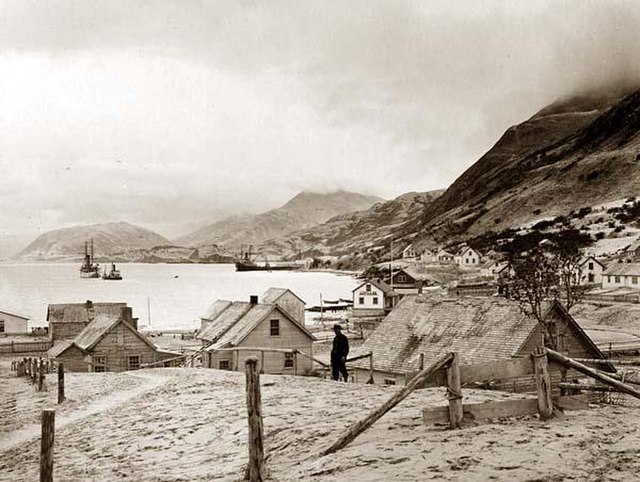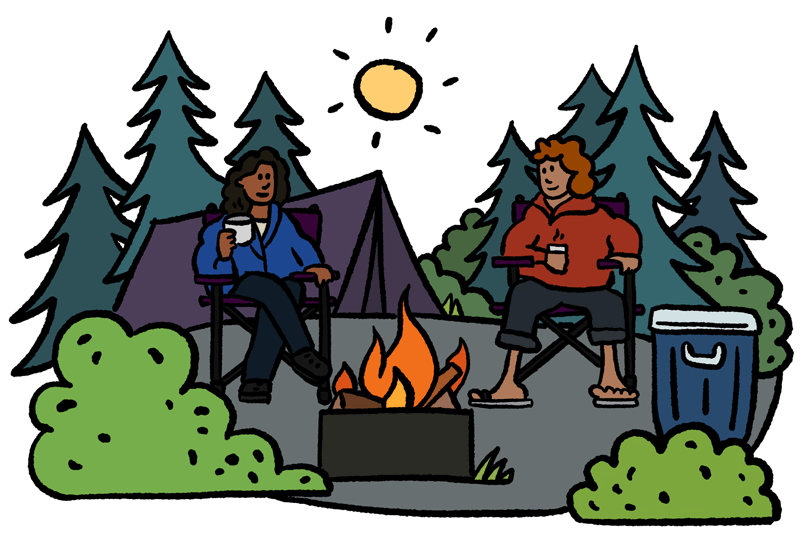Kodiak National Wildlife Refuge Camping
notifications Text me when there's a cancellation at Kodiak National Wildlife Refuge









President Franklin D. Roosevelt created the Refuge in 1941 to protect Kodiak bears and their habitat. Today, the refuge strives to instill regard for bears, salmon, and other wildlife; to protect interdependent species of fish, wildlife and plants within the largest intact, pristine island ecosystem in North America; and to ensure compatible management of wildlife, subsistence, recreation, and economic uses of refuge resources.
Kodiak (Alutiiq: Sun'aq Russian: Кадьяк) is the main city and one of seven communities on Kodiak Island in Kodiak Island Borough, Alaska. All commercial transportation between the island's communities and the outside world goes through this city via ferryboat or airline. As of the 2020 census, the population of the city was 5,581, down from 6,130 in 2010. It is the tenth-largest city in Alaska.
Inhabited by Alutiiq natives for over 7,000 years, Kodiak was settled in 1792 by subjects of the Russian crown. Originally named Paul's Harbor, it was the capital of Russian Alaska. Russian harvesting of the area's sea otter pelts led to the near extinction of the animal in the following century and led to wars with and enslavement of the natives for over 150 years. The city has experienced two natural disasters in the 20th century: a volcanic ashfall from the 1912 eruption of Novarupta and a tsunami from the 1964 Alaska earthquake.
After the Alaska Purchase by the United States in 1867, Kodiak became a commercial fishing center which continues to be the mainstay of its economy. A lesser economic influence includes tourism, mainly by those seeking outdoor adventure trips. Salmon, halibut, the unique Kodiak bear, elk, Sitka deer (black tail), and mountain goats attract hunting tourists as well as fishermen to the Kodiak Archipelago. The Alaska Department of Fish and Game maintains an office in the city and a website to help hunters and fishermen obtain the proper permits and learn about the laws specific to the Kodiak area.
The city has four public elementary schools, a middle and high school, as well as a branch of the University of Alaska. An antenna farm at the summit of Pillar Mountain above the city historically provided communication with the outside world before fiber optic cable was run. Transportation to and from the island is provided by ferry service on the Alaska Marine Highway as well as local commercial airlines.
Read more about Kodiak National Wildlife Refuge at Wikipedia
We can help! Many campsite reservations are cancelled daily. Just tell us when you’d like to camp at Kodiak National Wildlife Refuge, and how long you want to camp for. We’ll text you when a suitable spot opens up!
Scan for cancellationsWhoops! Sometimes we make mistakes. Want to help improve the Kodiak National Wildlife Refuge listing? Please suggest a correction.
Open to camping at other nearby parks? Here are a few other parks you'll find in the vicinity.

How was your visit to Kodiak National Wildlife Refuge? Share your review of Kodiak National Wildlife Refuge and help fellow nature-lovers make an informed decision.
Post a reviewTell us when, where, and how long you want to camp for. We’ll notify you (via SMS) when a suitable spot opens up at that campground—so you can nab that sold-out campsite reservation!